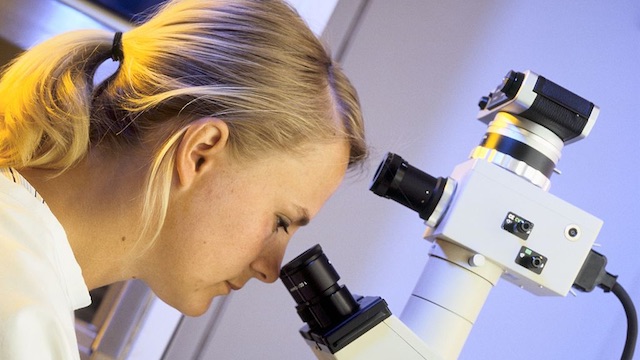
Researchers from The Ohio State University have created a new type of material that can help to simplify the way in which electronic devices use electrons. The material is capable of serving multiple roles in electronics, dramatically reducing the number of materials required. Scientists believe this technology could change the way electronic devices are built in a variety of fields, from solar energy cells to smartphones and laptops.
Electrons have a negative charge. They are capable of absorbing or radiating energy as needed, and scientists can manipulate them accordingly. The places where there are no electrons are referred to as holes, and have a positive charge. Moving electrons and holes around is the basis of how most electronic devices work.
However, traditional electronic devices had one pervasive problem: each part of the device could only operate as a holder for holes or electrons, not both. As a result, electronic devices required multiple layers made of multiple materials in order to operate effectively.
A new material could help to change all that, however. NaSn2As2 is a crystal with dual abilities to operate as a holder for both electrons and holes, and could prove the solution to simplifying electronics that scientists have been searching for.
“It is this dogma in science, that you have electrons or you have holes, but you don’t have both. But our findings flip that upside down. And it’s not that an electron becomes a hole, because it’s the same assembly of particles. Here, if you look at the material one way, it looks like an electron, but if you look another way, it looks like a hole.”
Scientists are calling this new phenomenon ‘goniopolarity.’ Researchers believe that the unusual electronic structure of the material is the reason it’s able to have this dual function, and are eager to explore if other layered materials could potentially have this same capacity.
Scientists are next working on streamlining their design to see how effective this new breed of electronics could truly be. Should further testing prove effective, they will begin to attempt to utilize this material in an assortment of different electronic devices and applications.